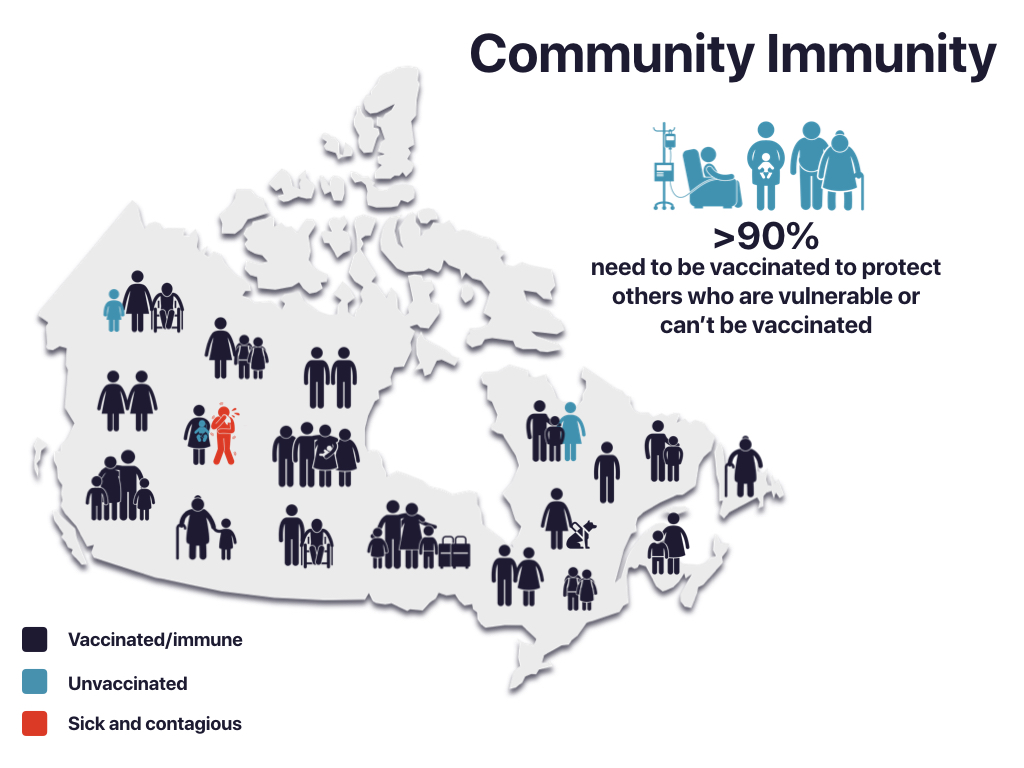Recommended Immunization Schedules in Canada

The immunization schedule in each Canadian province and territory tells health professionals which vaccines should be administered at what time. Here is a link to the immunization schedule for infants and children in each province and territory: https://www.canada.ca/en/public-health/services/provincial-territorial-immunization-information/provincial-territorial-routine-vaccination-programs-infants-children.html.
The immunization schedule includes the recommended timing of all vaccine doses in order to be considered fully protected. There are many determinants that influence the schedule including: burden of disease in the province or territory, effectiveness and safety of vaccines, acceptability, ease of implementation, equity, and cost. When individuals are not on the routine schedule, the likelihood of missing doses and having incomplete vaccinations is increased. It also puts the individual at risk for getting the disease because they are not fully vaccinated. Catch-up schedules are available. If vaccination records are not available, assume the person is unvaccinated and use a catch-up schedule based on current age.
Accelerated immunization schedules are also available under necessary conditions such as outbreaks and unplanned travel. The interval between recommended doses can also often be lessened; however, health professionals should consult the Canadian Immunization Guide for vaccine-specific minimum dose intervals.
Points of Consideration
Being vaccinated on time is ideal. For people who start their vaccines later, health professionals can use a ‘catch-up’ schedule which depends on the person’s age. For people with an unknown vaccine history (e.g. newcomers, refugees), the best practice is to treat the person as if they are unimmunized and begin a new immunization schedule.
Timing and Spacing of Vaccines
If vaccines are given before the recommended age or with less than the minimal spacing between doses, adequate immune response may not be achieved. Modifications to the recommended schedule may be necessary because of missed appointments or illness; however, for the most part, disruptions in the schedule do not necessitate restarting a vaccine series.
Community Immunity / Herd Immunity
By keeping up to date with vaccines, we can prevent the spread of disease to those who may be more likely to contract them, such as:
- babies.
- young children.
- pregnant people.
- people who are severely immunosuppressed.
Recall the discussion of community immunity, also known as herd immunity, from Chapter 1, in which we learned that in general, more than 90% of the population needs to be immune in order to protect those who are not eligible to be vaccinated (shown in the image below).


